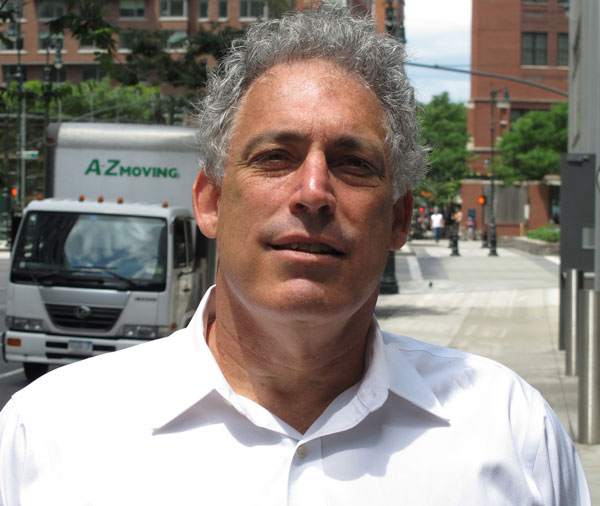
BY JOHN BAYLES | Bob Townley, founder and executive director of Manhattan Youth, discusses his organizations upcoming “silver anniversary,” and how the nonprofit has changed over the last 25 years.
So, 25 years is a pretty significant milestone. What does that number mean to you?
The first thing it means to me is that I still think I have the best job in the world. I have never met anybody that has a better job than me. I don’t know if it’s that I just got planted in the right spot, but if it all ended tomorrow, I’d say, “I’ve had a great 25 years.”
What does it mean in respect to the community and the role Manhattan Youth has played?
Other people could probably answer that better. But I can say that we’ve tried to do two things. We’ve tried to be a good community service organization and we’ve tried to be advocates on certain issues too. And that’s very rare for a nonprofit these days. You saw it more in the 60s and 70s. Sometimes it has helped us and sometimes people are a little wary. We’ve had to butt heads sometimes. There’s no better example than what we’ve done with Pier 25.
The most interesting advocacy we’ve done would have to be on street safety. Changing the turning lane on West Street… that was a real example of going against the bureaucracy.
Can you give one or two examples of times when you were completely surpised at just how important Manhattan Youth was to this community?
I remember Miriam Friedlander once said to me, “Bob, if we don’t do it, somebody else will.”
When we started the day camp down here, there was no other day camp.
And then, 9/11 put me on steroids and pure adrenaline. It’s just me, but I didn’t feel the tragedy. My staff and myself were so propelled to not let terrorism disrupt community life.
But everyday, on my desk, I have individual tragedies — young parents dying, people that lose their jobs — that’s why I’m here, not because of the big picture things — because of the individual connections I and my staff make with the community. Everyone loves our programs. But it’s for the parents that are beaten down where I get the feeling that my life is meaningful. In the end, by me helping that parent, I try and intercept that situation so a child can go and have a good childhood and a good life.
My goal from day one was to be modeled after a settlement house, not to be just a high-end community center.
How has the organization’s vision and mission changed over the years?
I don’t think I had a real concrete vision back then. I knew I wanted to provide this community with services. There was no one doing real sports programming, no one forming after school programs and forming camps.
I was working part-time, I started the nonprofit and I had no idea that New York City would have had the resurgence like it did. There were abandoned lofts and abandoned buildings. There was no economic vitality. The city was one step above Detroit.
What’s next for Manhattan Youth?
This is a tough question for me. I’m older now. I have a limp.
One of my goals is to keep our programs as diverse as possible. That is the future of this world. We will prepare their children for a challenging, changing and beautifully diverse world.
One thing is programming for middle and high school kids. In five years this community is going to be inundated with middle school children. I love that challenge.







































